Last Updated on April 19, 2022 by Grow with Bovees
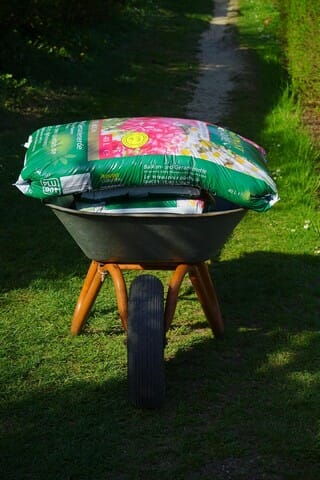
When it comes to gardening, potting soils are extremely important for proper growth of plants, especially if you are using raised beds or containers to grow your plants.
Whether outdoors or indoors, you need good quality potting soil to make sure that your plants flourish. For proper plant growth, your plants need enough nutrients and a good environment to grow and be healthy. This makes proper potting soil critical to the success or failure of the growth of your plants.
So, some important questions to ask are, “Does soil have a shelf life?”, “Can potting soil go bad?” and “How can you tell if you are dealing with old potting soil?”
In short, unused potting soil does not expire; however, its quality does deteriorate over time.
In this article, we’ll attempt to answer all your questions on what is regarded as good soil as well as what is classified as bad/old potting soil in detail.
What Constitutes Potting Soil?
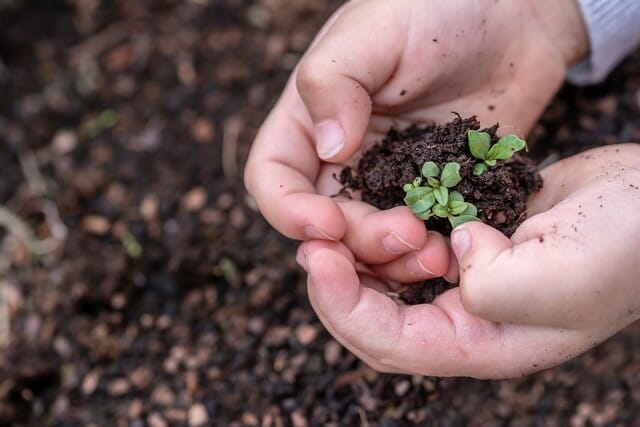
Potting soil is essentially a very specific kind of soil meant for plants grown in small spaces or containers and requires proper texture, organic matter and nutrients that will allow the plant to breathe, grow, and thrive.
You can also use potting soil in your outdoor garden. However, outdoor plants, unlike office plants or indoor plants, have direct sunlight, natural drainage, and an open environment of garden soil to grow and don’t require potting soil.
Unused potting soil usually contains several ingredients that help to maintain proper moisture, texture and provide proper nutrients to the plant. One of the main constituents of most potting soils is peat moss.
Peat moss is a substance that contains several nutrients that are crucial for the healthy growth of plants, and it also has the ability to retain moisture very well.
Apart from peat moss, new potting mix also contains other organic material like perlite, bark, and vermiculite. Perlite is a substance that has the shape of small white pellets and that prevents the soil from becoming too dense and not letting the air and water to circulate properly in the soil and to the roots of the plant.
Good potting soil is one that remains light and airy, does not become dense, and allows proper circulation and proper drainage.
However, if you have a bag of opened or used potting soil in your shed for a few months, it is most likely that the peat moss has decomposed, especially if it has gotten wet.
This doesn’t mean that the soil is not usable; however, it may not be the most ideal for potted plants if not stored properly. You can however use the soil in a larger garden.
What Makes Good Potting Soil?
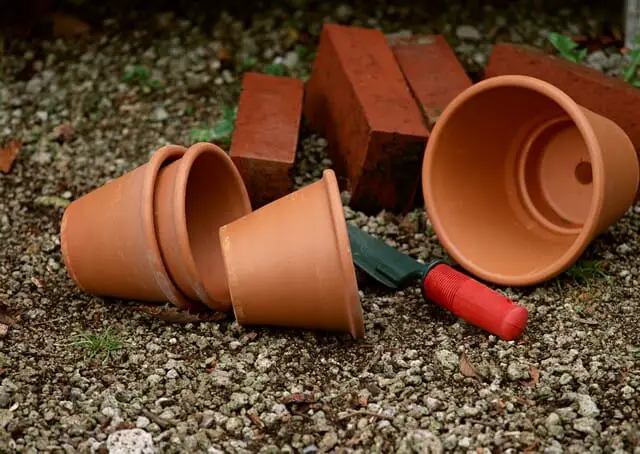
The best bagged potting soil:
Is Lightweight
Potting soil must be light and should not become dense or compacted when compressed or wet. Pots have a very small volume of space that contain the roots of the plant.
If the soil is very dense or compacts too much, it can make the roots too wet or suffocate the plant.
Drains Well
The potting soil should retain moisture; however, not too much. A good indoor potting soil allows the water to drain very easily, while holding sufficient water that the plant needs.
Too much moisture in potting soil can cause diseases such as root rot, which can be detrimental to your plants health.
Contains Nutrients
All plants need nutrients to grow quickly and thrive. The potting soil should contain the nutrients necessary for the plants and should release them slowly for the plants to utilize.
How Long Can You Keep a Bag of Potting Soil?
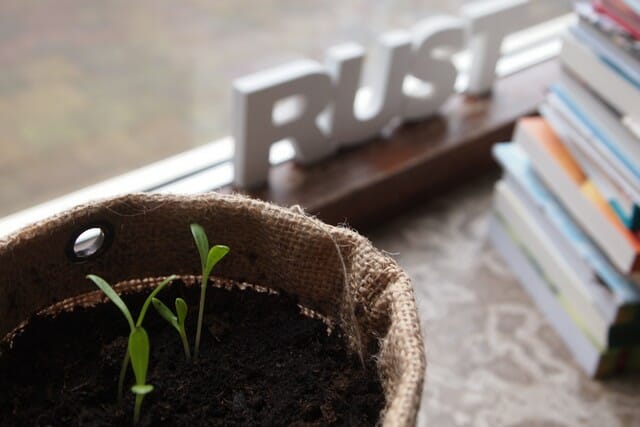
As we mentioned earlier, technically, potting soil does not have an expiry date. However, potting soil comprises a blend of ingredients and, over time, you may see changes in the moisture content, texture and nutrient levels.
And, the longer you store the potting soil, the organic matter in the soil breaks down, resulting in a denser consistency or dustier texture.
Also, the nutrients, whether they are natural or added through granulated organic fertilizer, will deteriorate over time.
And, if you leave the potting soil on a shelf either outdoors or indoors, there is a greater chance that it will get wet in the rain or dry out, which can change the soil. Rather keep it in a proper storage place such as a shed or garage in the dry.
So, while the potting soil doesn’t become completely useless, the growing results of your indoor plant may not be optimal like it will be with fresher soil.
The factors that affect the quality of the potting soil depend on whether the bag is opened or unopened or if it is lying in a damp place or in direct sunlight. Usually, an opened bag of potting mix will retain its highest quality for around 6 to 12 months.
Air and moisture break down the plant material in the soil and compresses it faster than soil, which is unopened. Unopened bags of potting soil maintain their moisture content for longer, around one to two years.
However, even if you don’t open the bag, the organic materials in the soil such as peat moss will break down and compost actively.
How Do You Know if Potting Soil Is Bad?
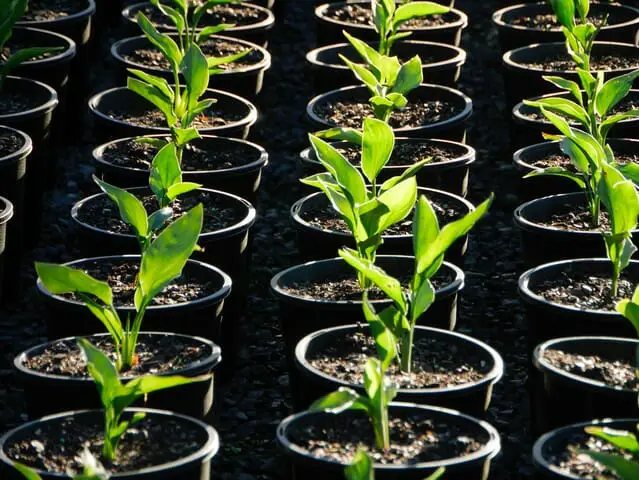
While it is extremely unlikely, you should make sure that when you pot your plant, the soil has not gone bad. Bad potting soil, old potting soil or used soil will prevent your plant from growing to be healthy. Some of the signs that the potting soil has gone bad are:
Bad Smell
If the potting mix has gone bad, it will start to give off a rotten smell. The smell of the soil can resemble that of rotten eggs.
The rotten egg smell is because of the anaerobic bacteria, which grow in compacted, dense soil with less oxygen.
Killing the bacteria build up in old potting soil can help to fix the bad odor. So, before you reuse potting soil with a bad smell, spread it out in the sun and let it dry out. The heat of the sun will help to kill the bacteria, getting rid of any bad smell.
Pests and Insects
If you find tiny insects crawling all over the soil, this is another sign that your potting soil has gone bad.
Most commonly, you will find fungus gnats, which infest rotting matter. Fungus gnats are usually harmless to mature plants; however, in younger plants, they are able to damage the plant’s roots, robbing them of a healthy life.
Fungus gnats also tend to be a nuisance to have in your houseplants.
Mold
Another, quite obvious sign that your potting soil has gone bad, is if you notice dusty looking, green, yellow or white mold on the soil.
Soggy or wet potting soil has a higher chance of growing mold and the best way to get rid of the mold is to place the soil in an area that is well ventilated or in the sun.
Avoid using the potting soil that is mold infested because this will cause root rot in the plants.
If the potting soil is extremely moldy and cannot be used, then the best option would be to throw the moldy potting soil away.
However, if the mold infestation is not too much, then antifungal treatment will help to prevent root rot in the plants.
Tips to Keep Your Potting Soil Fresh
- One method of keeping the potting mix healthy — whether it is your own potting mix or store bought — when it is potted with a plant, is to flush it every month. Simply place the pot in a sink or take it outside and run water from a hose or tap directly into the pot.
- Allow the water to drain out from the bottom before you place the plant back. This helps to flush out all the mineral deposits and fertilizer salts that have accumulated in the soil.
- Storing the potted soil properly can help hugely in how long it maintains the moisture and nutrient levels. For instance, in the winter, it is a good idea to store the unused potting soil in a clean and dry container or plastic bag such as a new trash bag or clean trash can.
- Allow the old potting soil to dry completely before you store it. You can store unopened bags of potting soil in a storage container in a dry location

Can You Revive Old Potting Soil?
If you have an opened bag of potting soil or an unopened one that you bought, stored and forgot about, then there are ways by which you can rejuvenate and renew the soil.
However, before using the soil, you must ensure that it has not expired, gone bad or is infested with insects or fungus, in which case, it is better to throw away the potting soil.
Here are a few ways by which you can revamp the potting soil.
- One way to revamp the soil is by adding a few handfuls of perlite into the potting soil. This will help to slow the process of decomposition of the peat-based soil. You could also add some compost to the potting soil to revamp it.
Here are some of the ways you can reuse your old potting soil:
Use Old Potting Mix in Your Outdoor Garden
If the potting soil goes bad in your planter, or is depleted and the nutrients are completely broken down, it is still not completely useless.
You can use the potting soil in your outdoor garden. This will help to add more organic matter and volume to your outdoor herb garden soil.
However, take care not to till your garden to mix the potting soil with the soil in the garden as this can disturb things in your garden. Simply allow it to mix with the garden soil over a year or two.
Put It into the Compost Pit
Many potting soils that have gone bad can be added to your compost pile or pit instead of throwing it away. This will help to add organic matter and volume to it. Just shoveling it on the compost heap will help to recycle the potting mix even after it expires.
Add It to the Worm Bin

If you’re in the process of making your own compost or setting up a worm bin and need some materials like wet newspaper, soil, etc. to make it functional, then you can use old expired potting soil for your worm bin.
Final Words
The answer to the question “does potting soil go bad”, is, potting soil does not go bad; however, like any other product it does lose its freshness, strength and effectiveness over time if it is not stored correctly.
And, if the soil is not stored properly, it can also become completely spoiled. Using soil that has been used before or that has become old and rancid for planting your indoor potted plants, is not the best idea, as it can severely affect the way your plant grows and thrives.
However, old or used potting soil can be revamped, refreshed and reused or used for other purposes.
So, if you have potting soil that has been sitting in the shed for a while, don’t throw it out just yet. FInd alternative ways to use it, instead of wasting your money by throwing it away.
